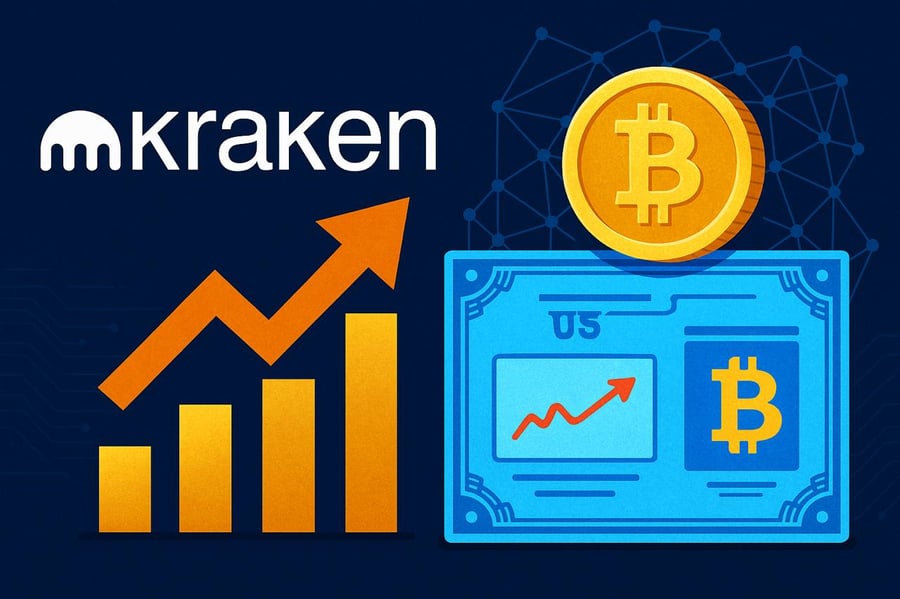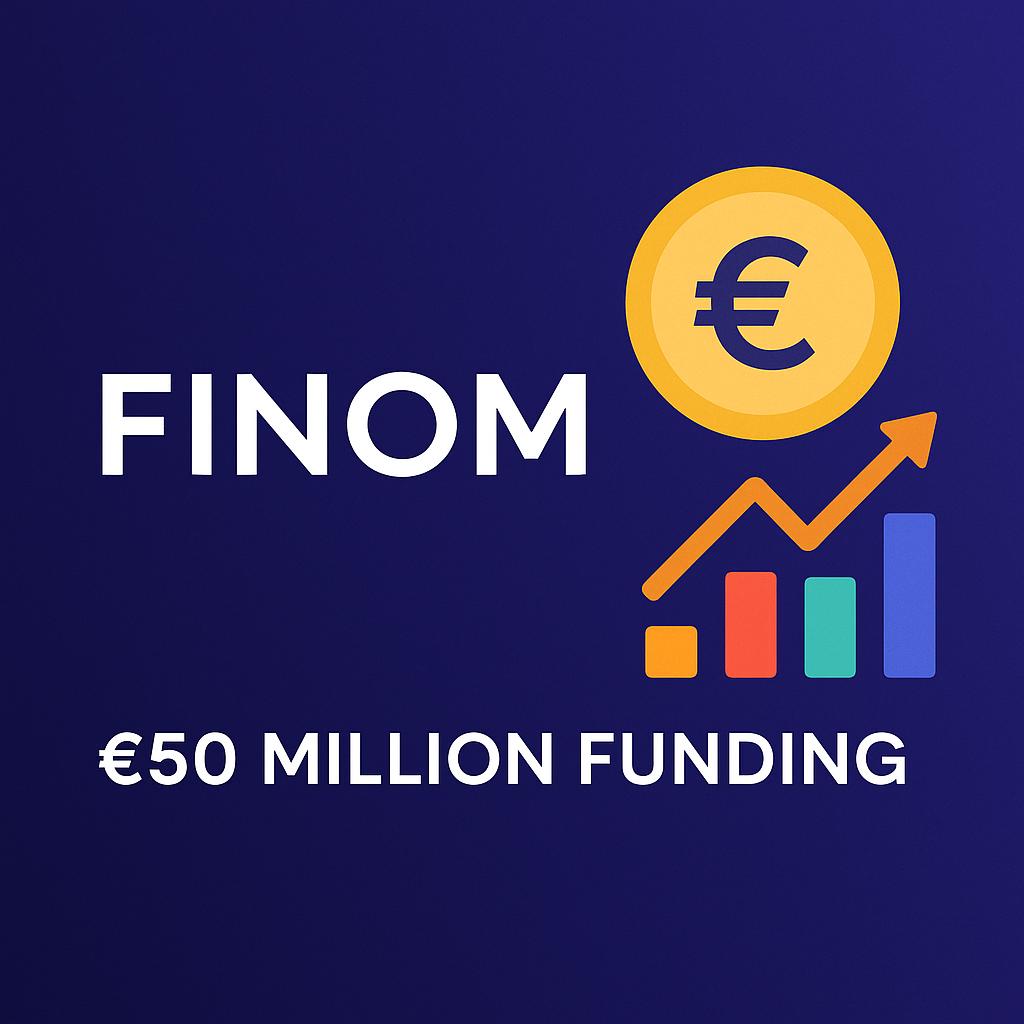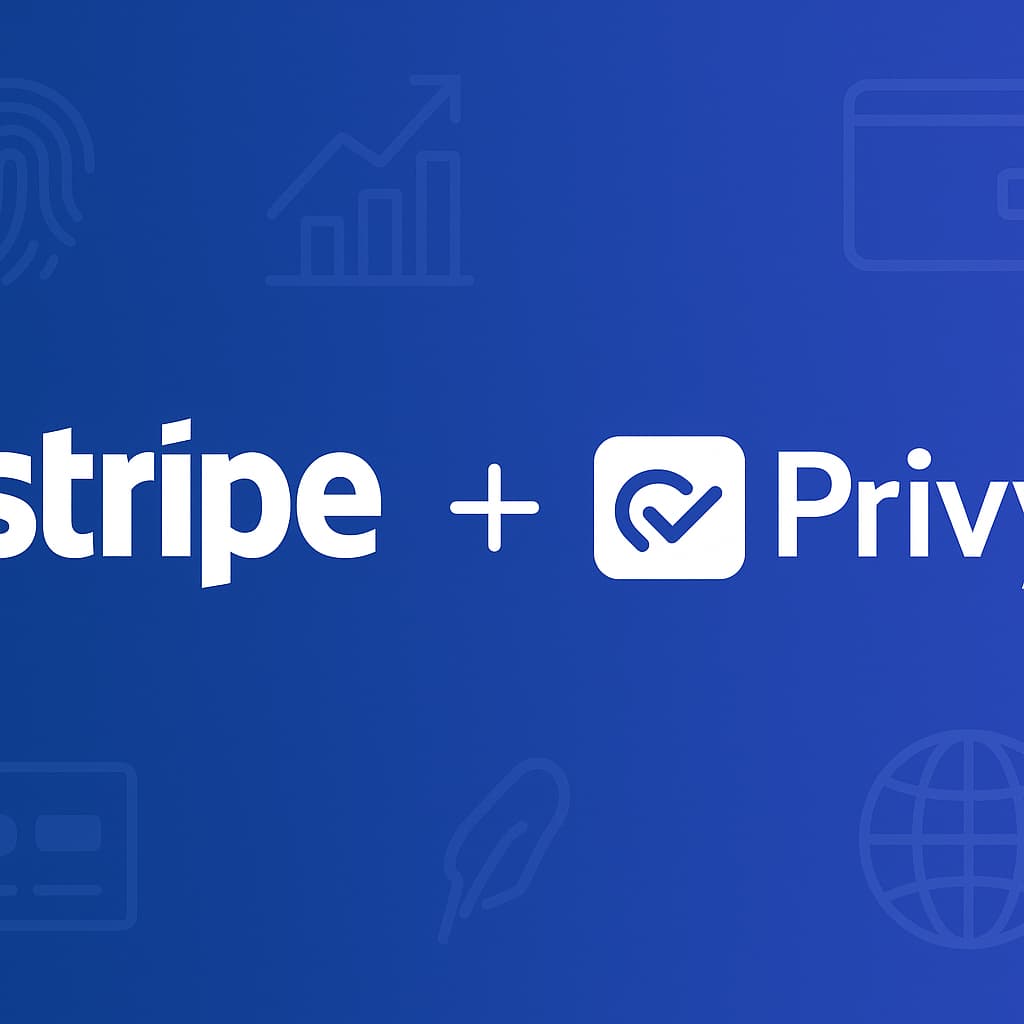Stripe Acquires Privy: Expanding Control Across Fintech and Crypto Rails
Intro
In a move that’s sending strong signals across the fintech and crypto ecosystems, Stripe has acquired Privy, a startup known for its secure user data infrastructure tailored for Web3 and blockchain-native apps. While the deal's valuation remains undisclosed, its strategic intent is crystal clear: Stripe is deepening its footprint into digital identity, user onboarding, and crypto-centric fintech infrastructure.
At Obtained.com, we see this as more than another M&A headline. It’s a calculated step in the consolidation of critical infrastructure across payment, identity, and custody layers—one that further blurs the line between fiat rails and blockchain systems.
Why Privy Matters
For those unfamiliar with Privy, it has become a go-to solution for crypto apps seeking to onboard users without exposing private keys or sensitive information. Its tools abstract away the complexities of wallets and Web3 sessions, allowing developers to plug secure user authentication directly into decentralized apps (dApps) with minimal friction.
Stripe’s acquisition of Privy gives it access to:
- Web3-native identity tooling
- Secure wallet-linking infrastructure
- A growing roster of crypto-native startups using Privy for KYC-lite workflows
And most critically: a developer-first product that simplifies regulated access to crypto and token-based services.
Stripe’s Long Game in Crypto Infrastructure
Stripe has historically positioned itself as a global payments layer, serving everyone from startups to Fortune 100s. But in recent years, it has subtly expanded its reach into crypto rails and financial data management, including:
- Pilot programs supporting USDC payouts on Layer 2 chains
- On/off-ramp tools for fiat–crypto exchange in embedded wallets
- Issuer-level APIs for card-based crypto spend and remittance
Now, with Privy, Stripe takes a further step into becoming a banking and crypto rails orchestrator, managing the intersection between identity, value, and user trust.
What This Means for Fintech Builders
For fintech platforms—especially those dealing in payments, custody, or tokenized assets—the message is clear: infrastructure is consolidating, and Stripe wants to be at the center of it.
This acquisition also reinforces three important trends:
1. User identity is no longer an add-on; it's a foundational layer.
2. Major players are quietly building rails for crypto-fiat convergence.
3. M&A in fintech is focusing on modularity and APIs.
Stripe’s Strategic Positioning in a Changing Market
This acquisition gives Stripe another leg up against competitors like Adyen, Checkout.com, and PayPal—all of which have made moves toward crypto acceptance, but not identity infrastructure.
By wrapping user identity, card issuance, fiat and crypto on-ramps, and global payout capabilities under one roof, Stripe is building what can only be described as a next-gen financial API cloud—tailored not only for e-commerce, but increasingly for Web3-native use cases.
This positions them squarely as a long-term player in:
- Digital asset onboarding
- Regulated DeFi infrastructure
- Embedded finance with crypto integrations
Final Thoughts from Obtained.com
At Obtained.com, we view Stripe’s acquisition of Privy as a key inflection point—not just in fintech M&A, but in the ongoing merger between traditional payment infrastructure and decentralized financial services.
For founders, operators, and investors building in this space, the strategic implications are clear:
- Licensing pathways (EMI, CASP, MSB) must anticipate convergence
- API ecosystems are now as valuable as client bases
- Compliance, onboarding, and scalability are not afterthoughts—they’re differentiators
Whether you’re planning a market entry, preparing for M&A, or structuring banking and crypto partnerships—Obtained.com is here to help you map the rails, secure the licenses, and scale globally.
RELEVANT POST
Subscribe to Our Blog
Related Posts

Robinhood Acquires Bitstamp: A Bold Play for Global Crypto Rails and Fintech Expansion

Kraken Launches Tokenized US Stocks for Global Access: A Step Forward in Crypto Rails and Digital Finance



